Advances in Environmental Research. Volume 62
In this compilation, the authors begin by investigating the particularities of the Chilean water framework zooming on a case study, the “SuizAgua project” launched by the Fundación Chile. This project was aimed at achieving a compromise between the State, the civil society and the enterprises to overcome conflicts on water management. The SuizAgua project as developed by the Fundación Chile is illustrated as a solution to the conflicts pervading the Chilean debate on water. In the following chapter, the authors present a study with the objective of evaluating spatial displacements of sea turtle nesting sites on beaches where restorative and protective actions have been taken using physical barriers. Changes in nesting behavior and nesting location are also assessed. Following this, the authors provide field and laboratory data from multiannual studies on the phototactic behavior of zooplankton organisms collected in freshwater and marine ecosystems of Greece using chemical light and improvised light trap designs. The results reveal that chemical light aids in attracting and capturing aquatic organisms. Light traps also have the advantage of being low cost, having passive sampling and retaining living specimens. This book also includes a study carried out by the Italian association for geographical explorations La Venta, lasting up to summer 2017. The goal of this study was to define the carrying capacity of The Puerto Princesa Underground River (PPUR); review cave exploration and multidisciplinary studies such as biology, paleontology, and hydrogeology; and search for alternative caves to aid in managing the increasing tourism and limiting the impact on the natural environment of the PPUR and its surrounding areas. In the following work, dark pixel and atmospheric correction concepts using Landsat images were used to develop algorithms to generate spatial distribution maps for estimated ambient PM2.5, PM10 and SO2 concentrations over selected areas of Saskatchewan, Canada. Results show that the dark pixel concept works well for water surfaces while the atmospheric correction concept can be effectively applied for any surface with known spectral reflectance. The authors discuss the flora of the Mladezhki Halm, which have been quite isolated from anthropogenic activity. Today, some of these include autochthonous species as Pistacia terebinthus, Celtis australis, Fraxinus ornus, Ulmus minor, Robinia pseudoacacia, Quercus robur, and Ziziphus jujube. In the following chapter, a modified ADM1-model was used to simulate the transformation of a mixture of complex substrates to biogas in a biogas plant fed with manure and food waste as substrates.ADM1-model. The general structure of the ADM1 was not modified except for changes in the disintegration and hydrolysis of the anaerobic process. Since complex substrates degrade only slowly, the disintegration was described by a Contois-kinetics, while considering disintegration to be the time limiting step of the anaerobic process.
{{comment.content}}

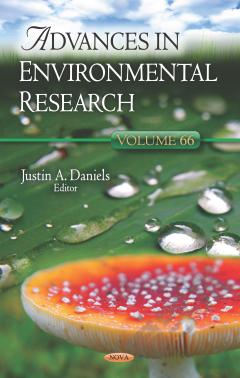
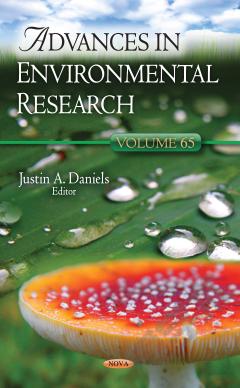
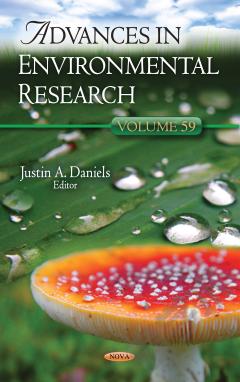
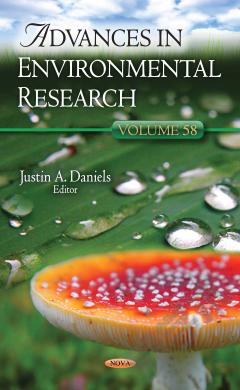
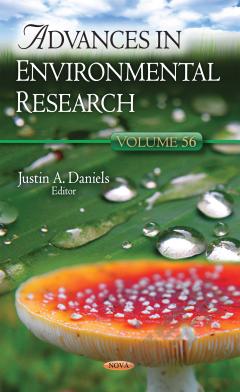
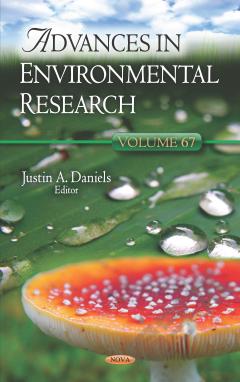

 京公网安备 11010802027623号
京公网安备 11010802027623号